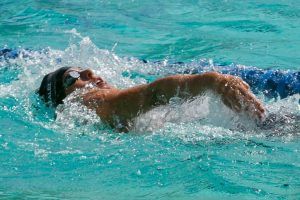
10 Motivational Swimming Quotes to Get You Fired Up
Looking for some awesome swim quotes? Give this list of motivational swimming quotes a look the next time you need to rock and roll in the pool.
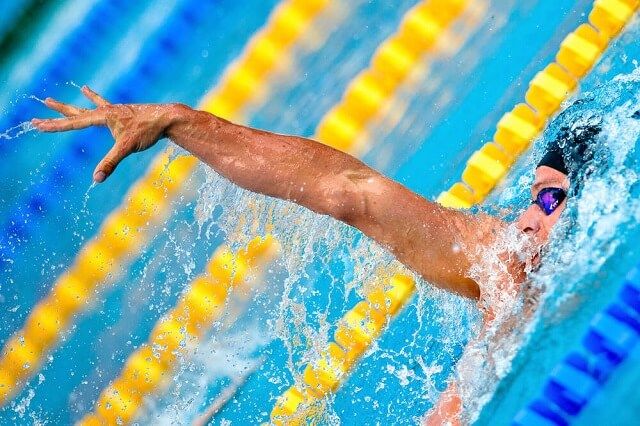
The things we measure are the things we focus on. Here are five different critical parts of your swimming that you can measure–and therefore drop some heavy-duty focus and energy on.
There are many reasons to measure your training in the water—it helps you stay motivated by showing you how far you’ve progressed, keeps you accountable to your goals, and can help you detect patterns and habits in your swimming that would otherwise go unnoticed.
The little bit of effort that it takes to measure and track your swimming can pay dividends in many ways, but none so much as this:
When something is being measured, it becomes a priority.
Again, with a different set of words for added emphasis…
By measuring the critical parts of your swimming you pay more attention to them.
Really, that simple.
Outside of total volume (which is not an accurate indicator of performance), here are some different ways to track and measure your swimming so that you not only stay focused and motivated, but ultimately swim faster:
The reality of how to swim faster involves a host of different things: excellent technique, high levels of efficiency, and the mindful attention to consistently to focus on these things.
Having a target stroke rate, and consistently trying to make yourself efficient enough to shave one or two (without gliding for 3 seconds at the end of each stroke, obviously) strokes off per 50 is a simplified way to keep yourself on top of trying to move across the pool in the most economical way possible.
Get into the habit of counting and recording your stroke count and make a point to swim more efficiently in order to decrease it bit by bit.
(Not up to counting your strokes manually? If you want a more “hands-off” approach, there is no shortage of excellent swim watches that can do the counting and tabulation for you.)
Are we talking about best times here?
Sort of.
What we are talking about are in-practice best times. (“We talkin’ ‘bout practice?”) It’s unrealistic to think that you are going to be able to swim best times consistently in a training environment, so instead have a list of training bests. These don’t have to be limited to just swim times, either.
Undoubtedly your coach has thrown together kick sets where you can see how fast you can belt out a 100 kick with a board, or how fast you can a 25 underwater dolphin kick.
Having this little list of in-practice bests gives you something that you can improve at your next practice, and gives you a nearly limitless set of targets and benchmarks to strive to beat on.
If there is one thing you should be monitoring this year, it’s probably this one.
After all, the other metrics in this post hinge on this one determining number.
Tracking your attendance gives you a more realistic picture of how much training you are actually making. We tend to deflate the number of workouts we have missed over the months of the season. You remember the “occasional” missed workout, but if there is one “occasionally” missed workout per week they start to add up awfully fast.
My suggestion would be to try to hit perfect attendance for a week.
Just one.
And then a second week.
And try to see how long you can get the perfect weeks of attendance going.
Doing it this way instigates the “don’t break the chain” effect that comes from being on a hot streak.
 Hey Coaches: Did you know that we do custom branding with YourSwimBook? We can put your club logo on the cover of YourSwimBook at no additional charge. And of course, with team orders comes team discounts! Click here for more info.
Hey Coaches: Did you know that we do custom branding with YourSwimBook? We can put your club logo on the cover of YourSwimBook at no additional charge. And of course, with team orders comes team discounts! Click here for more info.Okay, so let’s say you are making it to all of your workouts.
That’s great, right?
Olympic gold medal here we come.
On the other hand, it’s not so great if…
You are sandbagging the workouts. Or if you are spending half the workout hiding under the bulkhead from your coach. And not if you swim at half-effort on the main sets.
Want a simple way to keep yourself honest?
Rank each of your workouts by effort after you get out of the water. Doing this will have the curious effect of making you want to work harder so that you can earn that 8, 9 or even 10 out of 10.
All meters are not created equal.
Some are done for pure aerobic work, others are completed in order to facilitate a technique change. And then there are the ones where you are swimming at full speed.
The race pace stuff.
The meat and potatoes of your training.
Tracking these bad boys will give you a better idea of what kind of results you can expect at an upcoming meet, while also giving you a sneak peek at whether a big breakthrough is around the bend.
If you are banging out repeat after repeat of :13 second 25m butterfly, you will have the confidence to know that you should be able to belt out a heckuva fast 50 at your next meet.
Accuracy is pretty key here in terms of time-keeping, so get coach on board with helping you record your results.
YourSwimBook started as a log book, yes, but it has grown to be so much more.
Each copy features a complete goal setting section to cover your competition goals, training goals, and even weekly evaluation sheets to help keep you on track.
In case that wasn’t enough, each copy of YourSwimBook also comes with our exclusive mental training skills guide for competitive swimmers:
It’s 76-pages of action packed tips, worksheets and research on mastering the one thing you absolutely need for success in the water—your mindset.
YourSwimBook isn’t for everyone.
But if you want better practices, more motivation, and a proven way to help you get closer to achieving your goals in the pool then ever before, than it might just be for you.
Click here to learn more about how YourSwimBook will help you conquer the pool this season.

Olivier Poirier-Leroy Olivier Poirier-Leroy is the founder of YourSwimLog.com. He is an author, former national level swimmer, two-time Olympic Trials qualifier, and swim coach.
✅ Free shipping on Orders over $49
✅ Price Match Guarantee
✅ Best selection of gear for training and competition
✅ Fast and Easy Returns

“This is the best book I have ever seen concerning mental training.” — Ray Benecki, Head Coach, The FISH Swim Team


Looking for some awesome swim quotes? Give this list of motivational swimming quotes a look the next time you need to rock and roll in the pool.
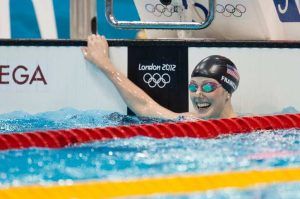
Missy Franklin’s book Relentless Spirit details the triumphs and tribulations on the path to becoming an Olympic champion. Here is a review of the book, along with key takeaways, quotes and highlights…
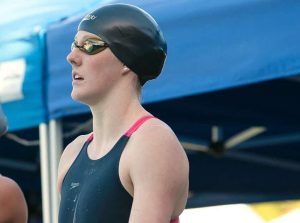
American swim star Missy Franklin captivated the world during her reign as one of the best swimmers on the planet. Here’s how she built her self-confidence going into big swim meets.
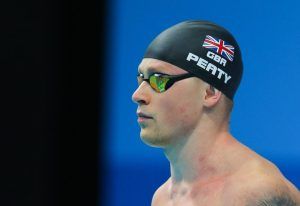
If you want to swim faster and maximize your preparation in the water, make sure you are focused on real solutions and not fake problems.
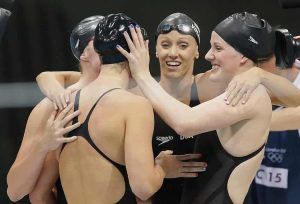
Ever wondered why some swimmers always swim ridiculously fast on relays? Here’s how the kind of motivation you use behind the blocks influences how you perform in the water.
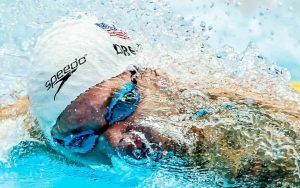
This is the ultimate guide for helping age group swimmers get highly motivated. You are going to learn about some proven techniques and tools that you can start using today to light your motivation on fire. (And keep it burning bright after that first burst of motivation fades away.) If
SITE
SHOP
GUIDES

LANE 6 PUBLISHING LLC © 2012-2025
Join 33,000+ swimmers and swim coaches learning what it takes to swim faster.
Technique tips, training research, mental training skills, and lessons and advice from the best swimmers and coaches on the planet.
No Spam, Ever. Unsubscribe anytime.
